InDesigner: Texas Roadhouse
More Than a Meal: The Art and Process of Menu Design
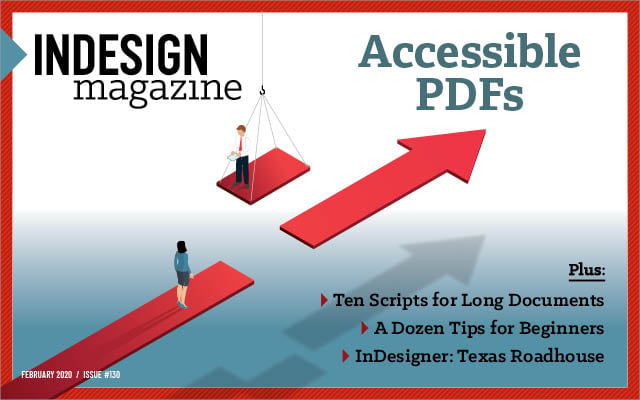
This article appears in Issue 130 of InDesign Magazine.
Business is booming at Texas Roadhouse. With strong reviews and loyal customers, this restaurant company has pushed its way past Outback and Longhorn to become America’s most popular steakhouse chain. And while Texas Roadhouse might be known for its complimentary peanuts and dinner rolls, its in-house creative team is at the epicenter of the company’s success. From menus and national promotions to digital elements and billboards, the company’s in-house creatives bridge the gap between function and visual appeal.
But for restaurateurs and consumers alike, the menu is one of the most important parts of the dining experience. Because it’s one of the first elements we interact with, the menu does a lot to form an impression of a restaurant in the customers’ minds. So menus need to be as visually appealing as they are communicative and functional.
To learn more about the menu design process, I spoke with Cody McMillen, a graphic designer at Texas Roadhouse, to walk me through how the company structures, organizes, and designs the various types of menus for each of its 568 locations around the world.
Menu Methods
McMillen begins with organizing all necessary information, such as restaurant locations, hours of operation, pricing, menu items, and corresponding picture codes, into a large and complex Excel document.
Texas Roadhouse has over 103 menu versions that can vary based on factors such as local laws, pricing, and test items.
“To differentiate menu versions, we use codes that are updated each year,” said McMillen. “An example could be 1911_M_JR_T14_B, where 1911 is the date, M a price tier, J and R each an individual piece of content specific to its menu (item, description, etc.), T specifies there are test items, 1 and 4
are what these test items are; lastly is B, which specifies this menu uses color shell B (specific to our print vendor).” (Figure 1)
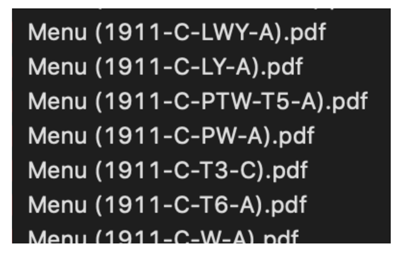
Figure 1. Menu codes are crucial for achieving clarity, consistency, and communication in internal teams, as well as with external vendors. Printers need to match the correct black plates to the corresponding color plates, while the store numbers and printing order help distribute the menus to the correct location in a timely manner.
“Menu codes are also handy in house as we have all hands on deck within certain departments and people at our corporate office proofing these,” said McMillen. “We use ‘cheat sheets’ to explain what each menu code means, to make sure these are correctly proofed from the content down to the location. And of course we check for layout errors on the menu itself.”
Delicious Designs
After the information is organized and coded, the design process begins. The use of InDesign’s Data Merge and Alternate Layouts features is essential to this process. Codes are placed in an InDesign template file, indicating where data should be “merged,” or substituted (Figure 2).

Figure 2 . This is an example of a non-merged menu, with multiple variable inputs highlighting the possibilities of what the fields can contain, depending on the restaurant location.
Texas Roadhouse uses four different menu sizes, ranging from 11″ × 7″ to 44″ × 22″ (Figure 3). Most menus have a front and a back, with the exception of the larger menu that is placed in the lobby or waiting area.

Figure 3. The master pages and pages for each alternate layout of each menu type. All restaurant locations receive multiple menu types, such as main dinner table laminate menus, to-go menus, lobby menus, and web menus.
“Maintaining alignment, adhering to brand guidelines, and keeping everything linked are the three crucial aspects of our [design] process,” added McMillen.
All menus are in color, except for the to-go version, which is formatted in black and white and uses its own set of linked graphics. To-go menus, by their nature, must include specific store hours, locations, descriptions, phone numbers, offers, etc. Therefore, there is essentially a to-go menu version for each restaurant location (Figure 4).
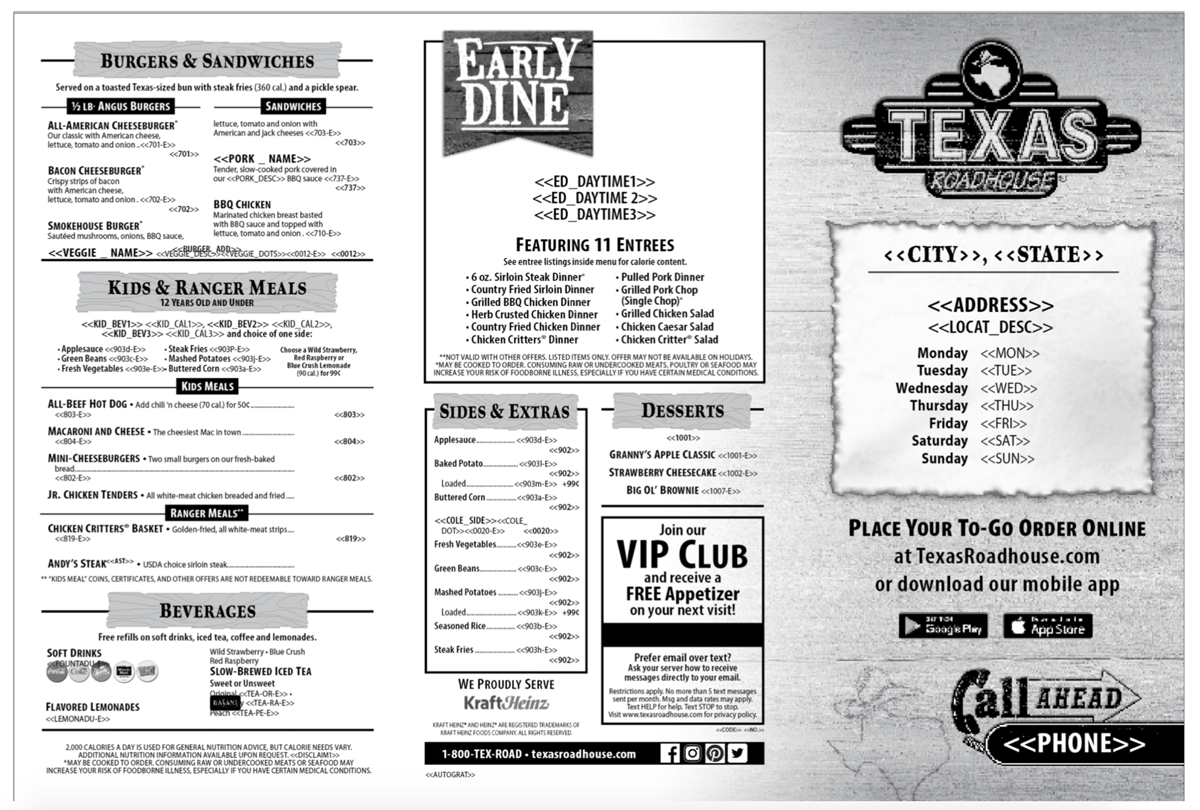
Figure 4. To-go menus vary and are data merged by each location.
Despite their differences from the other versions, to-go menus are kept in the same InDesign file as the color versions, and they make use of the same merged data.
XMPie is another key tool in the Texas Roadhouse menu design process. This software helps connect databases to marketing content, enabling Texas Roadhouse to have personalized information across multiple channels.
“Our restaurant locations can log in to an internal site and re-order menus, or order menus for new locations based on the information we maintain internally within our databases,” explained McMillen (Figure 5).
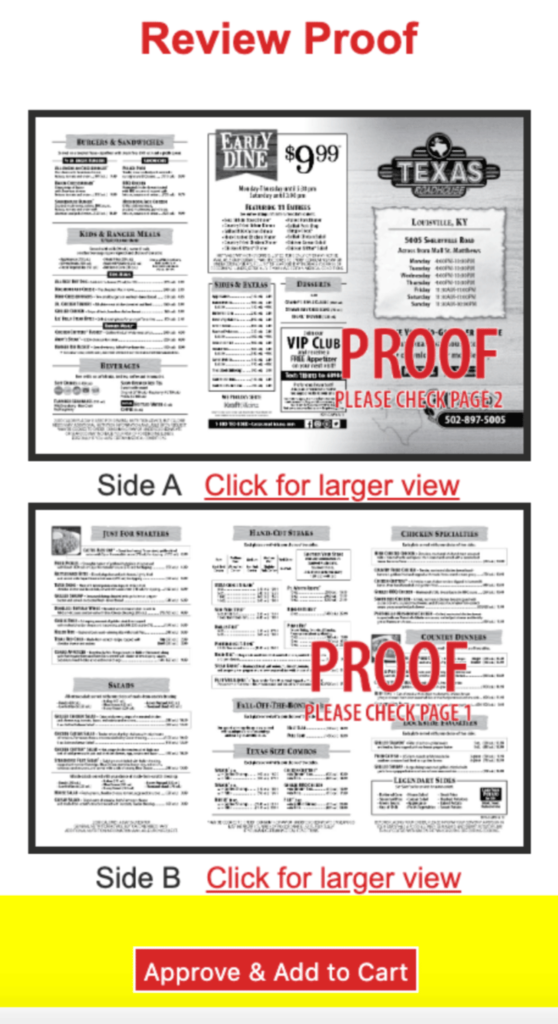
Figure 5. An example of what an individual restaurant location would see when ordering and/or proofing menus
McMillen also uses WordsFlow by Em Software, a plug-in that links and merges InDesign with Word and Excel files.
“This is super handy because people that work in the field and don’t have or use InDesign can maintain Word documents that we flow into our design files, which makes updating menus efficient,” said McMillen.
See Issue 65 for a review of WordsFlow 2.
For interactive design work, McMillen uses the In5 plug-in by Ajar Productions. “In5 is amazing. We use it to get our InDesign content into HTML and do more things, from presentations to our internal websites and mobile apps,” added McMillen.
McMillen feels it’s important for in-house creatives to push themselves and expand their knowledge and processes to help make their teams and work more efficient.
Printing Process
After menus are organized, coded, and designed, they are sent to the printer. Various color shells are used to accommodate the different menu versions. Because the menus are printed in large quantities, they use common color plates plus custom black plates for specific menu versions to minimize costs and turnaround times (Figures 6a & 6b).
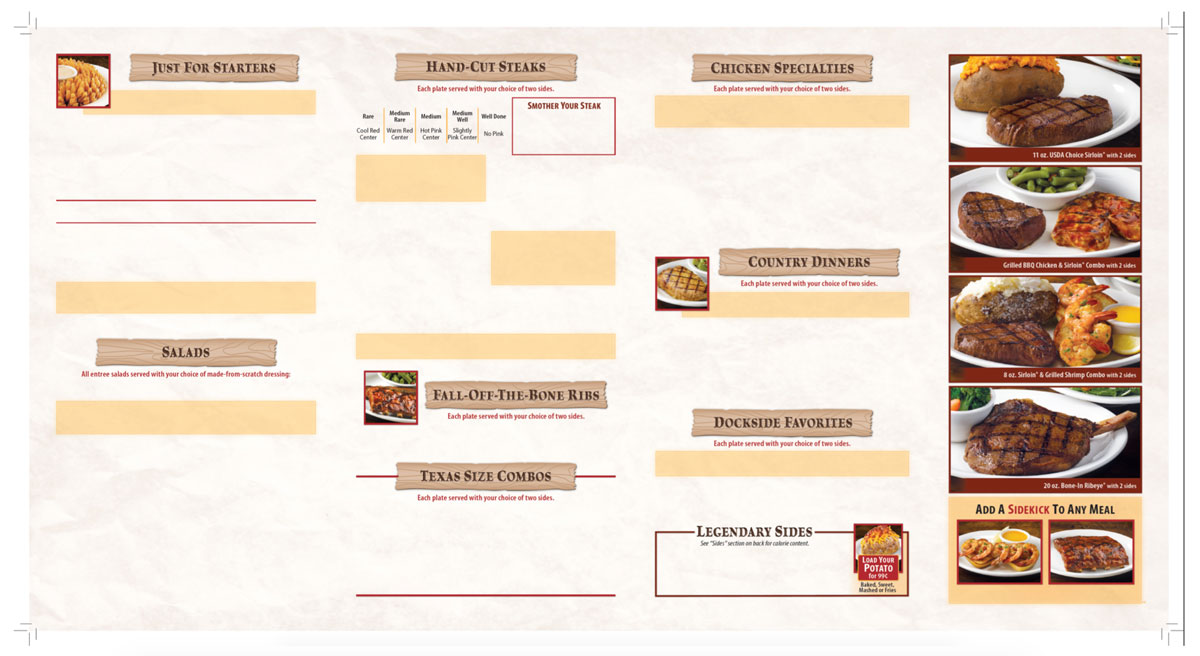
Figure 6a. The color shells are printed first, followed by the black plate printed on top. Unlike the black plates, there are usually less than a handful of color shells.
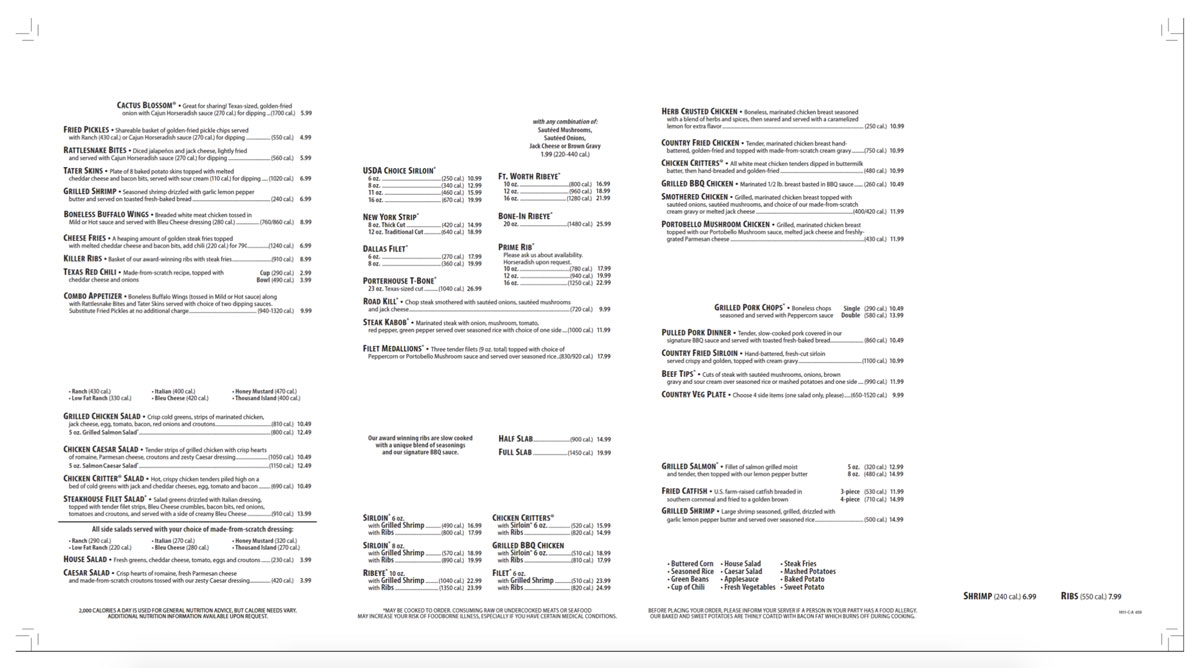
Figure 6b. Each menu type, most of which include front and back pages, use a custom black plate. All told, Texas Roadhouse uses over 100 different black plates.
At this stage, it’s important that the print vendor understands the design process, menu codes, and the overall production plan to ensure a successful asset rollout.
Logistics are also a key consideration. McMillen explained that a crucial element is knowing the order of stores that are in the data merge, as well as their respective page numbers. For example, locations that require longer shipping times will be included in the early page numbers.
“Once oriented, menus are placed on pallets and sent to be laminated and scored for their fold, boxed, and shipped to our restaurant locations to arrive on specific coordinated dates,” said McMillen.
At Texas Roadhouse, menus are a product of multiple teams’ efforts—and just one product of many. From the Food Team and Training Team to the Market Partner Input Team and the Creative Team, each group contributes to a critical part of the process, said McMillen.
“At the end of the day, we’re all proud to say, ‘Yeah, that’s our menu and we’re incredibly proud of our process and how all of our individual teams contributed to the restaurant’s success.’ To us, the menus themselves are works of art (Figure 7).”

Figure 7. The final product menus that are laminated and placed on each table at Texas Roadhouse
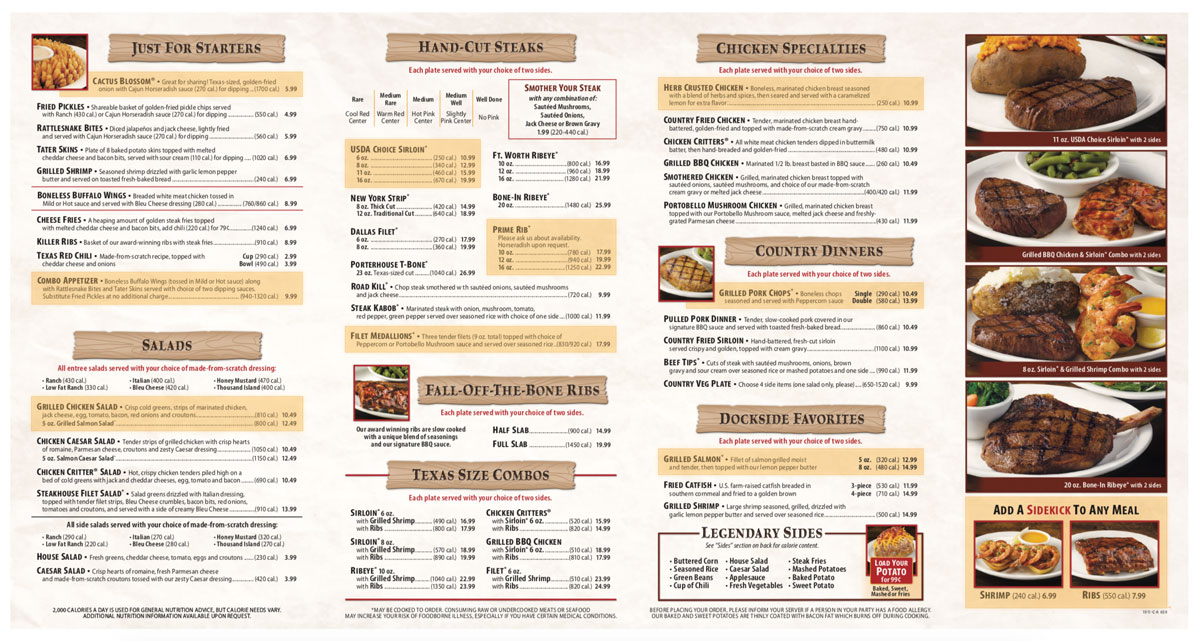
Commenting is easier and faster when you're logged in!
Recommended for you

InQuestion: Relinking Files and Auto-Size Text Frames
Erica Gamet shares the best Q&A from the InDesignSecrets Facebook group.

InReview: CI HUB Connector
Connect your InDesign files directly to the cloud and search for assets without...

InDesigner: Raphaël Freeman
Addison Lalier shows how one designer has mastered the complex layouts and types...




